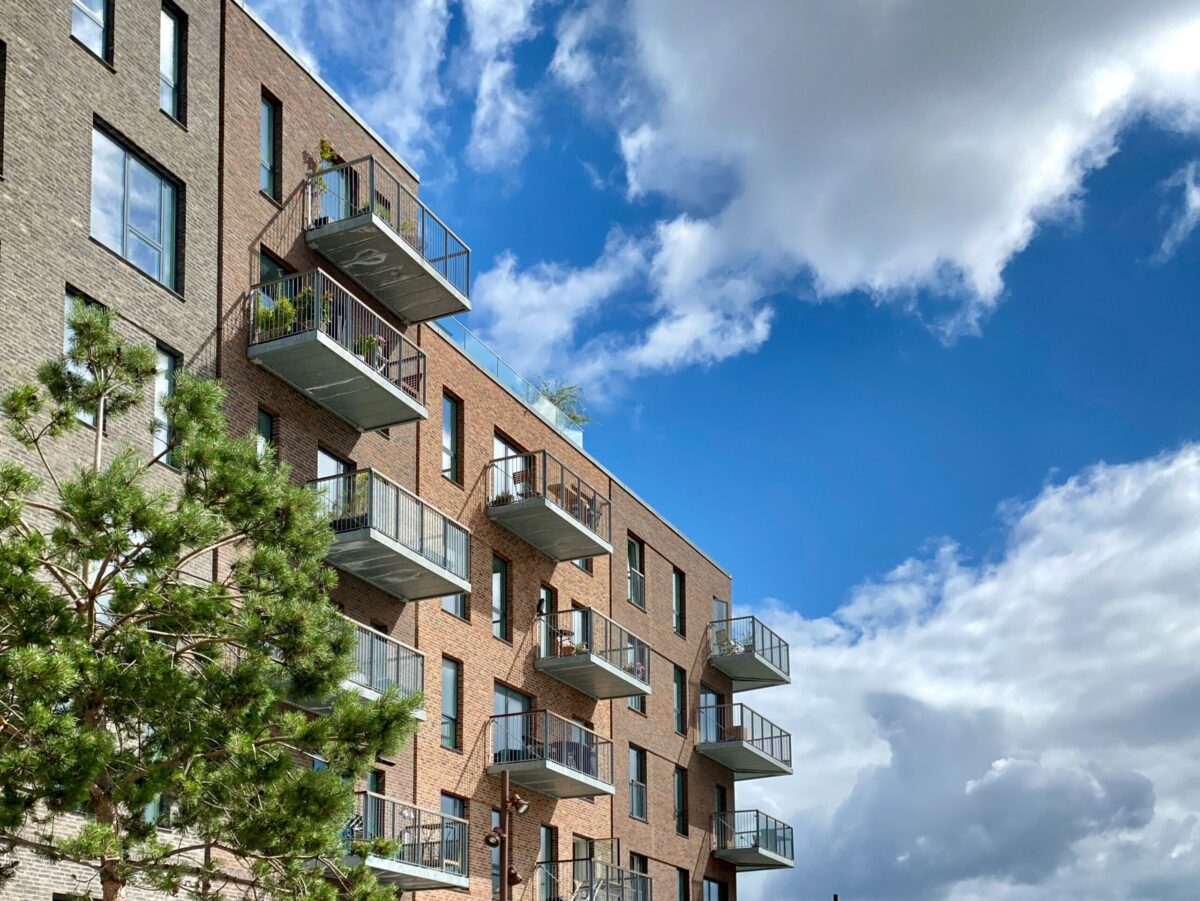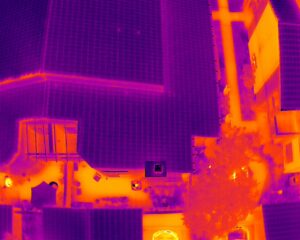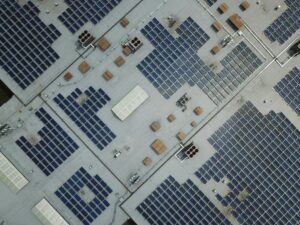Drone-based thermal imaging has become a key tool for various industries from an asset management standpoint. From transmission wires and infrastructure to solar farms, aerial infrared imaging can shed light on serious issues that are invisible to the naked eye. In this post, we’ll explore how drone-based thermal roof inspections should be a part of every commercial property manager’s asset management regimen.
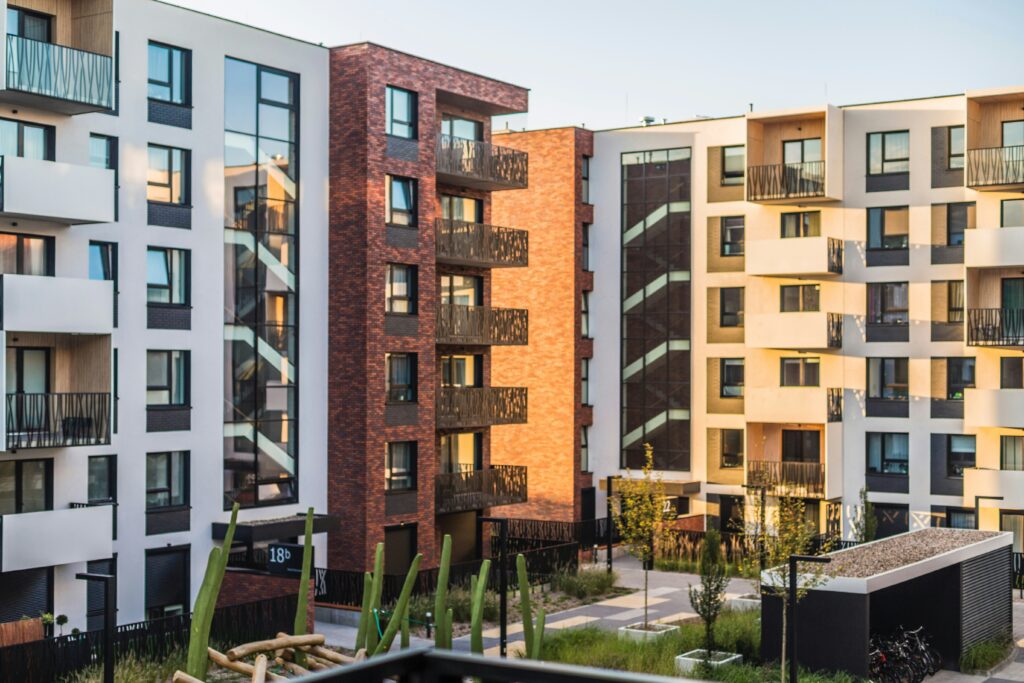
What is Thermal Imaging?
Before we get started, we’ll spend some time talking about what thermal imaging actually is.
Thermal imaging, also referred to as thermography, is the process of using an infrared/thermal sensor to detect infrared radiation being emitted by an object. In layman’s terms, thermal imaging captures an object’s heat signature.
An object’s heat signature falls within the infrared portion of the light spectrum, meaning it doesn’t fall within the visible light portion of the spectrum. This means that we can’t see infrared radiation being emitted by an object, so we need a special sensor that can capture this information.
An infrared sensor is a special camera that is capable of detecting infrared radiation and converting it into a colored image.
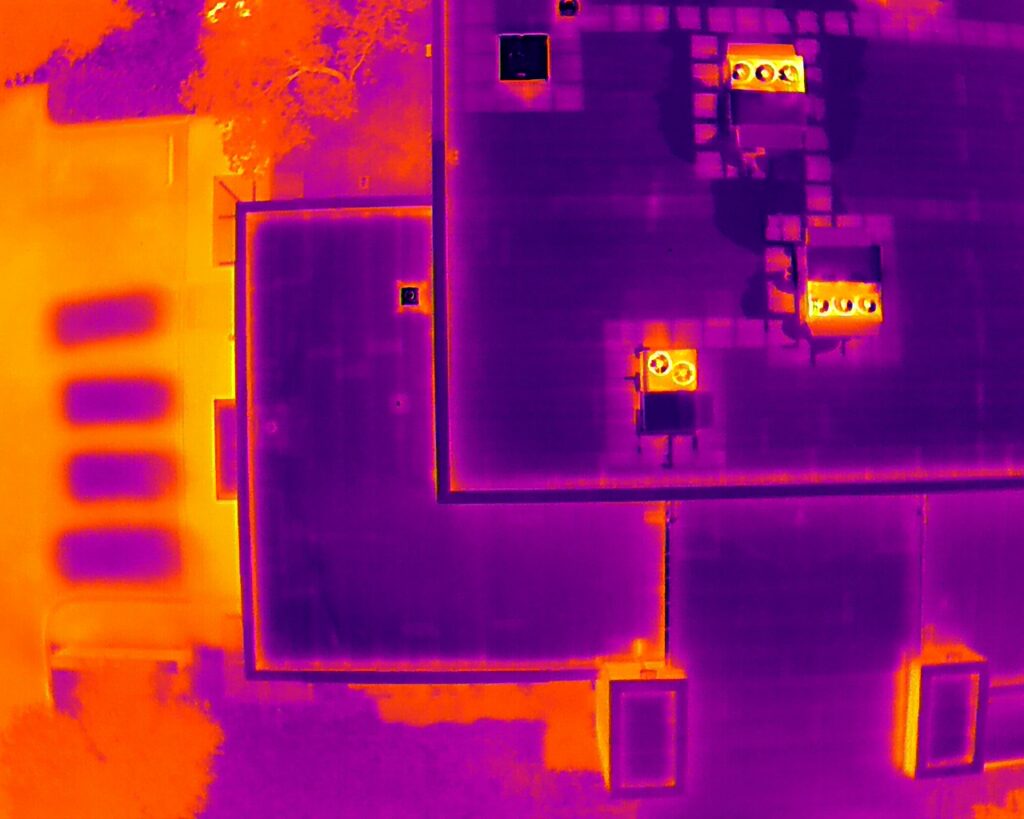
Thermal Roof Inspections for Commercial Property Managers
Now that we have established what thermal imaging is, we’ll discuss how it is an invaluable tool for commercial property managers.
Protection of Assets
The roof serves as the primary barrier between the interior of a building and the external elements such as rain, snow, wind, and sunlight. A well-maintained roof ensures the protection of valuable assets within the building, including equipment, inventory, and infrastructure, from weather-related damage.
The enemy of any roof is water ingress, and thermal imaging allows property managers to quickly and efficiently spot the first signs of moisture issues with the roof.
Preservation of Property Value
The condition of the roof directly impacts the overall value of a commercial property. A structurally sound and well-maintained roof enhances the property’s marketability and resale value. Conversely, a neglected or deteriorating roof can lead to decreased property value and difficulty in attracting tenants or buyers.
Risk Management
A compromised roof structure poses risks not only to the property itself but also to occupants and visitors. Leaks, structural damage, or collapse hazards can result in safety concerns, legal liability, and financial losses for property owners. Proactive roof maintenance and inspections help mitigate these risks by identifying issues early and addressing them promptly.
Energy Efficiency
The condition of the roof significantly impacts the building’s energy efficiency and operational costs. A properly insulated and sealed roof helps regulate indoor temperatures, reducing the need for heating and cooling systems and lowering utility expenses. Regular roof inspections and maintenance ensure optimal energy performance and sustainability.
Compliance and Regulation
Building codes, zoning regulations, and safety standards often include requirements related to roof construction, maintenance, and safety measures. Property owners are responsible for ensuring compliance with these regulations to avoid penalties, fines, or legal disputes. Regular roof inspections help identify any deficiencies or non-compliance issues that need to be promptly addressed.
Tenant Satisfaction and Retention
For commercial properties with tenants, the condition of the roof directly affects tenant satisfaction and retention. A leaky or poorly maintained roof can disrupt business operations, cause inconvenience to tenants, and damage their assets.
By investing in roof maintenance and repairs, property owners demonstrate a commitment to tenant comfort, safety, and satisfaction.
Long-Term Financial Planning
Incorporating roof maintenance costs into long-term financial planning is essential for property owners and asset managers. Budgeting for regular inspections, repairs, and eventual roof replacement ensures financial sustainability and avoids unexpected expenses that could strain resources or impact cash flow.
Recommended Thermal Roof Inspection Regimen
As a property manager, you can experience these benefits by investing in regular thermal roof inspections to identify the first signs of moisture-related issues.
The frequency at which property managers should have thermal roof inspections done varies depending on the following factors.
Roof/Property Size
Larger roofs/properties should have thermal roof inspections done more frequently than smaller ones. The larger the roof, the greater the surface area that can be adversely affected by the elements.
For example, a large apartment complex with a flat roof is much more likely to suffer from frequent water intrusion issues than a small standalone commercial building.
Property Location
Property location plays a significant role in the recommended frequency of thermal roof inspections. If severe/inclement weather is common in a particular locality, then thermal roof inspections should be done much more frequently. If a property is rarely exposed to inclement weather, the roof doesn’t need to be inspected as frequently.
For example, the Dallas/Fort Worth area sees severe thunderstorms that bring hail multiple times every year. So, properties located in this area should be inspected more frequently.
The Bottom Line
Depending on these factors, property owners/managers should come up with a prudent thermal roof inspection regimen, whether that be twice a year, once a quarter, once a month, etc.
For more information on thermal commercial roof inspections, check out our service page.

